When the stadium lights shine down on the field during the Super Bowl, a striking visual spectacle occurs as the vibrant Super Bowl team colors split the arena into fervent areas of support. This colorful separation signifies more than just looks; it reflects years of tradition, strategic marketing, and profound psychological factors that influence both the experience of fans and the performance of the teams.
The Psychology of Sports Colors
Recent studies in sports psychology have uncovered important links between team colors and the behavior of fans, as well as athletic performance. Dr. Sarah Martinez, a prominent sports psychologist, emphasizes that color psychology in professional sports functions on various levels, ranging from basic psychological reactions to intricate cultural connections that have evolved over generations.
Research has highlighted several significant psychological effects associated with the colors of prominent NFL teams:
Red, a color donned by teams such as the Kansas City Chiefs and San Francisco 49ers, has intriguing effects on both players and fans. A study from 2018 published in the Journal of Sports Psychology revealed that teams in red uniforms saw a notable rise in perceived dominance, while opponents exhibited slight physiological stress reactions when competing against these teams.
Green, as seen with the Philadelphia Eagles, elicits varied yet equally strong reactions. The color’s links to stability and growth help foster enduring fan loyalty, especially in tough seasons. Marketing studies indicate that teams with green branding typically enjoy steady merchandise sales, even when their performance dips.
The Science of Fan Psychology
Professional sports teams have recognized for years that choosing colors goes beyond just looking good. A detailed survey of NFL season ticket holders found that 68% considered team colors a key element in their emotional bond with their team. This emotional connection shows up in various measurable ways:
- Brain imaging studies reveal that when fans see their team’s colors during crucial games like the Super Bowl, there is heightened activity in areas of the brain responsible for processing emotions.
- Sociological research suggests that common color schemes foster strong in-group dynamics, enhancing fan communities that transcend demographic differences.
- Sports psychologists have noted that team colors often become linked with both personal and shared memories of important sporting events.
Marketing Implications and Brand Identity
NFL franchises dedicate significant resources to understanding and utilizing color psychology. According to the Strategic Sports Marketing Quarterly, teams that have a strong color-based brand identity tend to excel in merchandise sales and fan engagement compared to their competitors.
A significant example can be seen in the evolution of the Seattle Seahawks’ color scheme. By strategically adding bright green accents to their classic blue and gray colors, they achieved a 32% boost in merchandise sales in just the first year. This illustrates how a well-considered color strategy can enhance market visibility while still honoring the loyalty of traditional fans.
Classic Super Bowl Colors
-
Championship Gold (Hex: #DAA520): The iconic color of victory and prestige, representing the Vince Lombardi Trophy.
-
Victory Red (Hex: #C41E3A): A powerful, bold red that symbolizes strength and dominance on the field.
-
Stadium Silver (Hex: #C0C9D1): A modern metallic tone that reflects the grandeur of the big game.
-
Field Green (Hex: #2E8B57): The classic turf color that forms the foundation of every Super Bowl.
-
Night Black (Hex: #0C0C0C): A deep, rich black that creates dramatic contrast under stadium lights.
Modern Super Bowl Accent Colors
-
Spotlight Blue (Hex: #0077BE): A vibrant blue that captures the energy of prime-time games.
-
Royal Purple (Hex: #7851A9): A luxurious tone representing the prestige of the championship.
-
Bronze Glory (Hex: #CD7F32): A warm metallic shade that honors football tradition.
-
Chalk White (Hex: #F5F5F5): A clean, crisp white essential for contrast and clarity.
-
Granite Grey (Hex: #36454F): A sophisticated neutral that grounds bolder colors in the palette.
Performance and Athletic Psychology
The influence of team colors goes beyond just fan psychology; it can also impact athletic performance. Research published in the International Journal of Sports Science indicates that athletes experience different levels of confidence and aggression based on the colors of their uniforms. As teams prepare for the Super Bowl, they are increasingly taking these psychological aspects into account when choosing their uniform colors.
Historical Evolution and Modern Applications
The evolution of Super Bowl team colors showcases significant shifts in sports marketing and consumer psychology. In the past, teams often chose colors based on practical reasons or local relevance. Today, these decisions are informed by in-depth market research and psychological insights, resulting in color schemes that appeal to a wide range of platforms and audiences.
Contemporary applications include:
- Digital presence enhancement
- Stadium design and lighting solutions
- Broadcasting factors
- Collaborative promotional opportunities
- Community involvement programs
Future Trends and Innovations
As sports technology evolves, fresh opportunities arise for utilizing team colors. Innovations in this area include:
- Smart fabrics that improve color visibility in different lighting conditions
- Cutting-edge broadcast technology that enhances color representation across various viewing platforms
- Augmented reality applications that offer fans immersive experiences centered around team colors
Conclusion
The psychology behind team colors in the Super Bowl highlights a complex blend of sports science, consumer behavior, and cultural tradition. Grasping these dynamics sheds light on the lasting influence of color in professional sports and its vital role in fostering fan loyalty through the years.
As the NFL progresses, the strategic significance of team colors is expected to grow, especially as emerging technologies offer new ways to create more dynamic and engaging color experiences. This development guarantees that team colors will continue to be a key factor in the intricate bond between sports franchises and their passionate supporters.

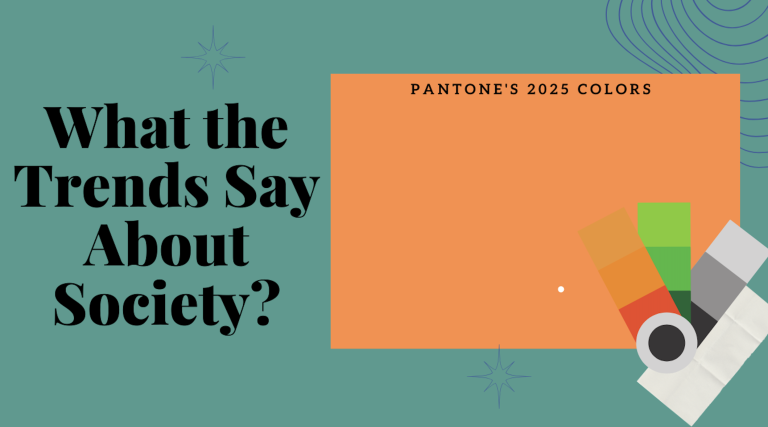
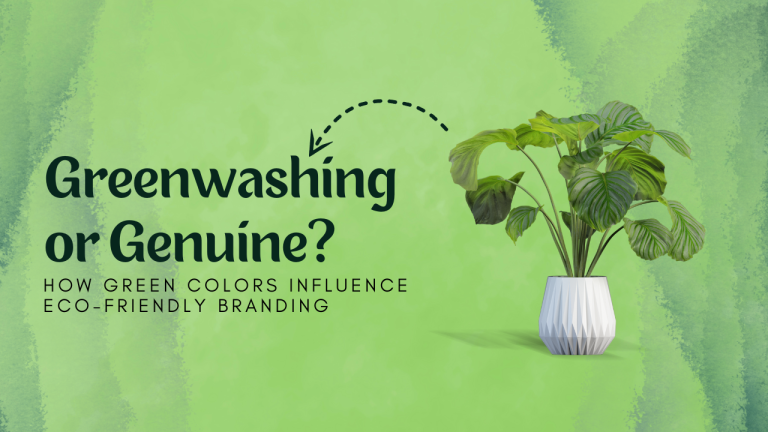
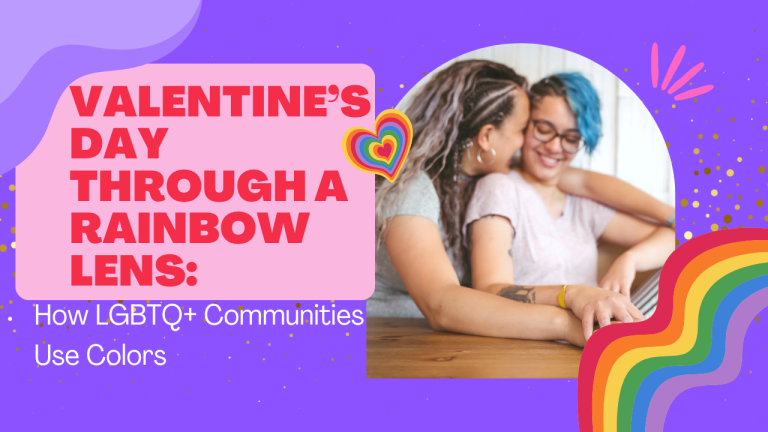
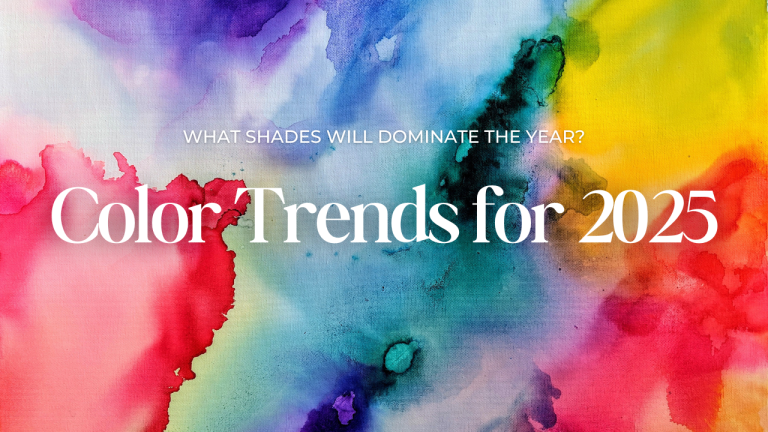
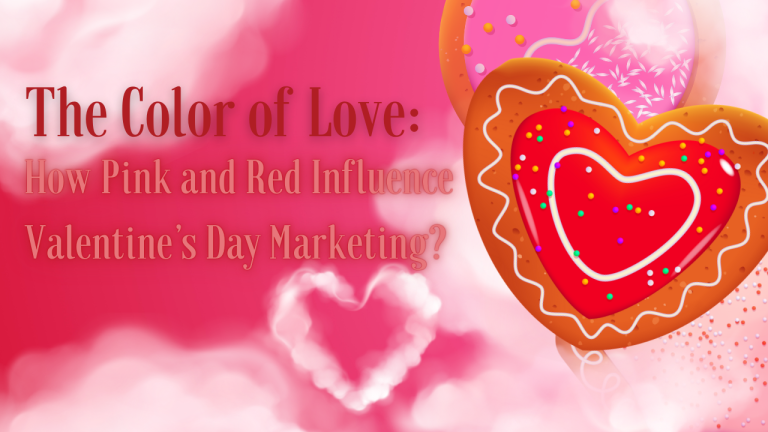
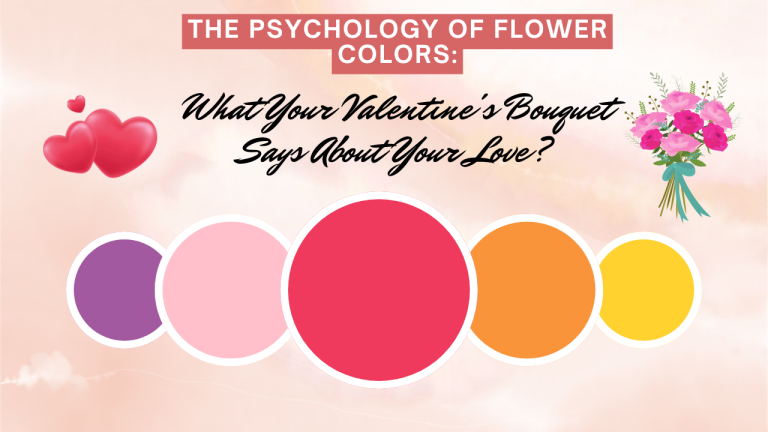
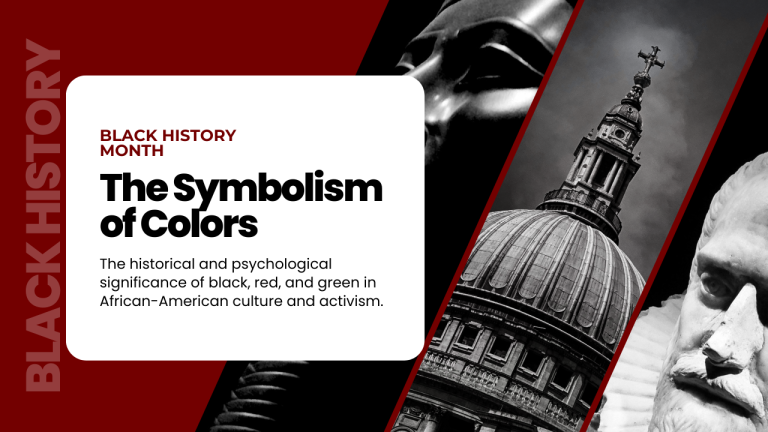
[…] interplay between color psychology and typography has become a cornerstone in modern web design, influencing both […]